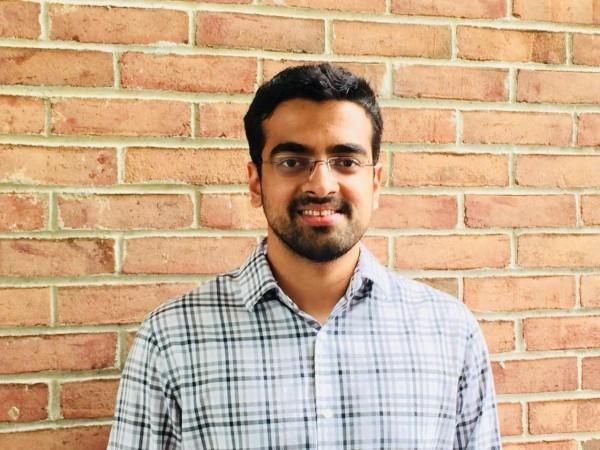
Over the last ten years, the public's understanding of autonomous vehicles has changed drastically; they went from a new-fangled technology that could be read about in books to something that can actually be experienced today. Behind the scenes, so much has happened in the industry. Automotive experts had to learn how to adapt vehicles, build the right infrastructure, and design optimal systems for the future of autonomous driving. One of the engineers behind this change is Sangram Patil.
For the last eight years, Sangram has been designing, constructing, and implementing new hardware for autonomous vehicles. As a hardware engineering expert, Sangram combines his background in mechanical engineering with his knowledge of the software and electrical components of autonomous vehicles to produce some of the most advanced hardware on the market.
Gifted from an early age, Sangram competed in the Indian National Math Olympiad in high school before going on to study at IIT Bombay, one of the most prestigious engineering schools in India. There, he graduated third in his class and published a scholarly paper based on his studies. Although he was armed with a strong degree from a well-known university, Sangram wasn't done learning yet. With a passion for learning and a love for academia, he left India to study at Stanford University.
Stanford is notoriously challenging, and with one of the best mechanical engineering programs in the country, Sangram had his work cut out for him as he pursued a master's degree from the university. There, he specialized in mechatronics and product design, and in just two years, he graduated with a perfect GPA, the coveted 4.0.
Ready to take on a new challenge and experience a raw learning environment, Sangram worked as a mechanical design engineer at Applied Materials in Sunnyvale, California. He spent over a year designing atmospheric platform modules and creating cutting-edge pieces of hardware in the electro-mechanical space. These early skills are some of the main components of Sangram's career today.
Now, as a staff hardware engineer and tech lead for a prominent organization in the self-driving space, Sangram is in charge of connectivity and infotainment modules on the car, as well as data-logging hardware required by the platform itself. He oversees everything from gathering system requirements to bringing robust, finished pieces of hardware to the ecosystem.
Any industry leader could keep their heads down and focus on doing what they do best, but for Sangram, it's important to help shape the future generations of hardware engineers in every specialty. He has volunteered his time as an engineering design event judge at the Formula Bharat competition and helps share knowledge through such events. As self-driving cars take off, it's important to recognize the multi-year undertakings Sangram and his colleagues have spent their careers working on.








